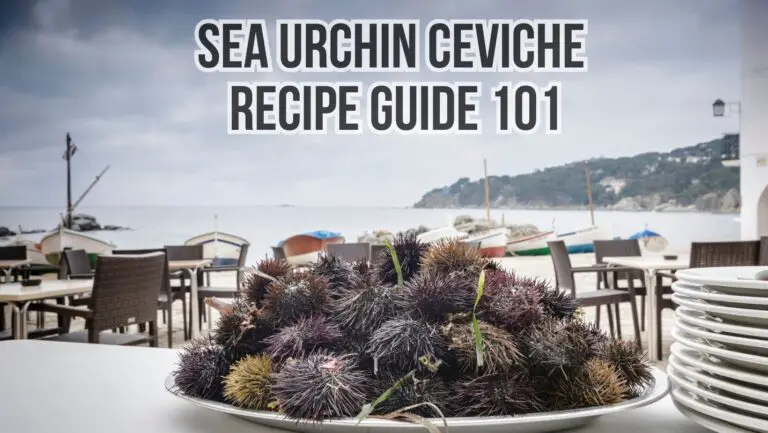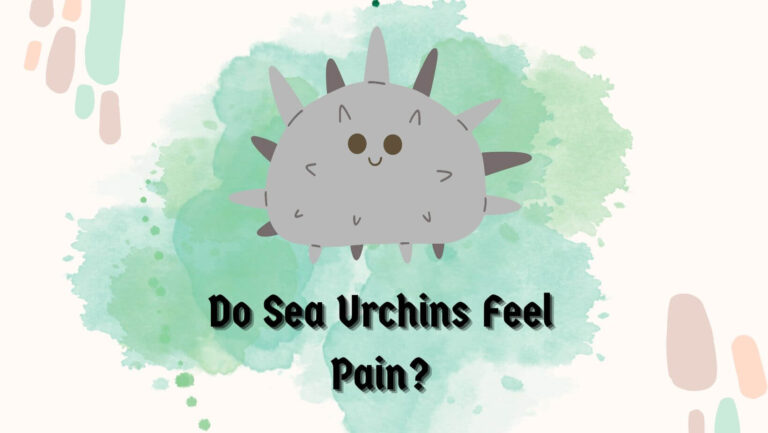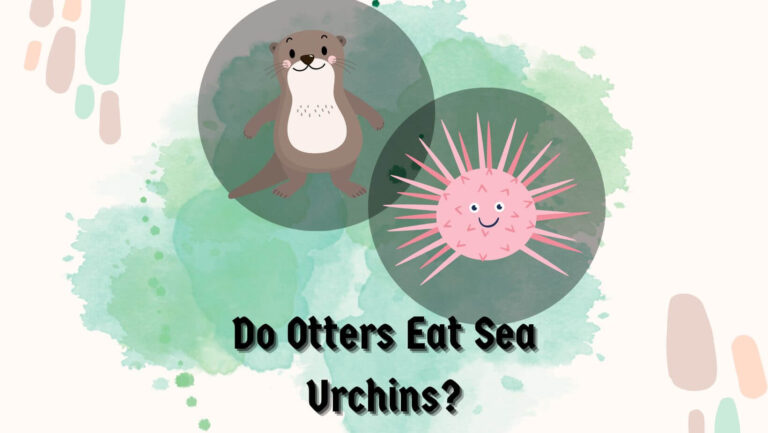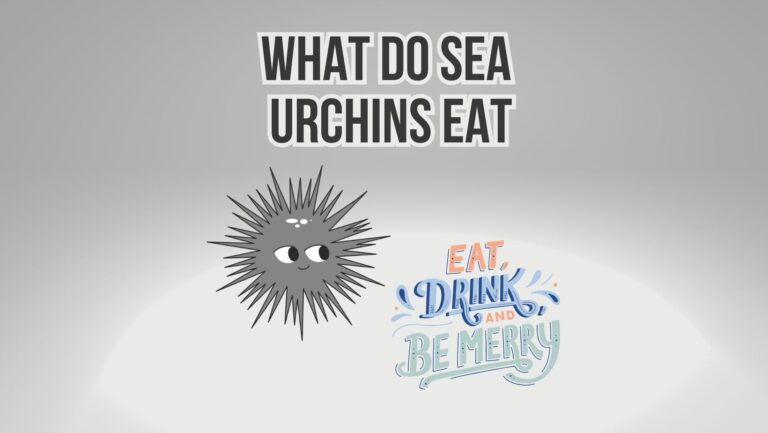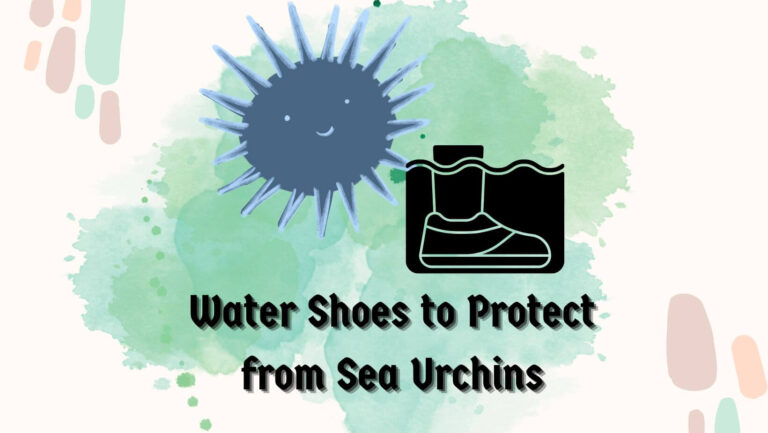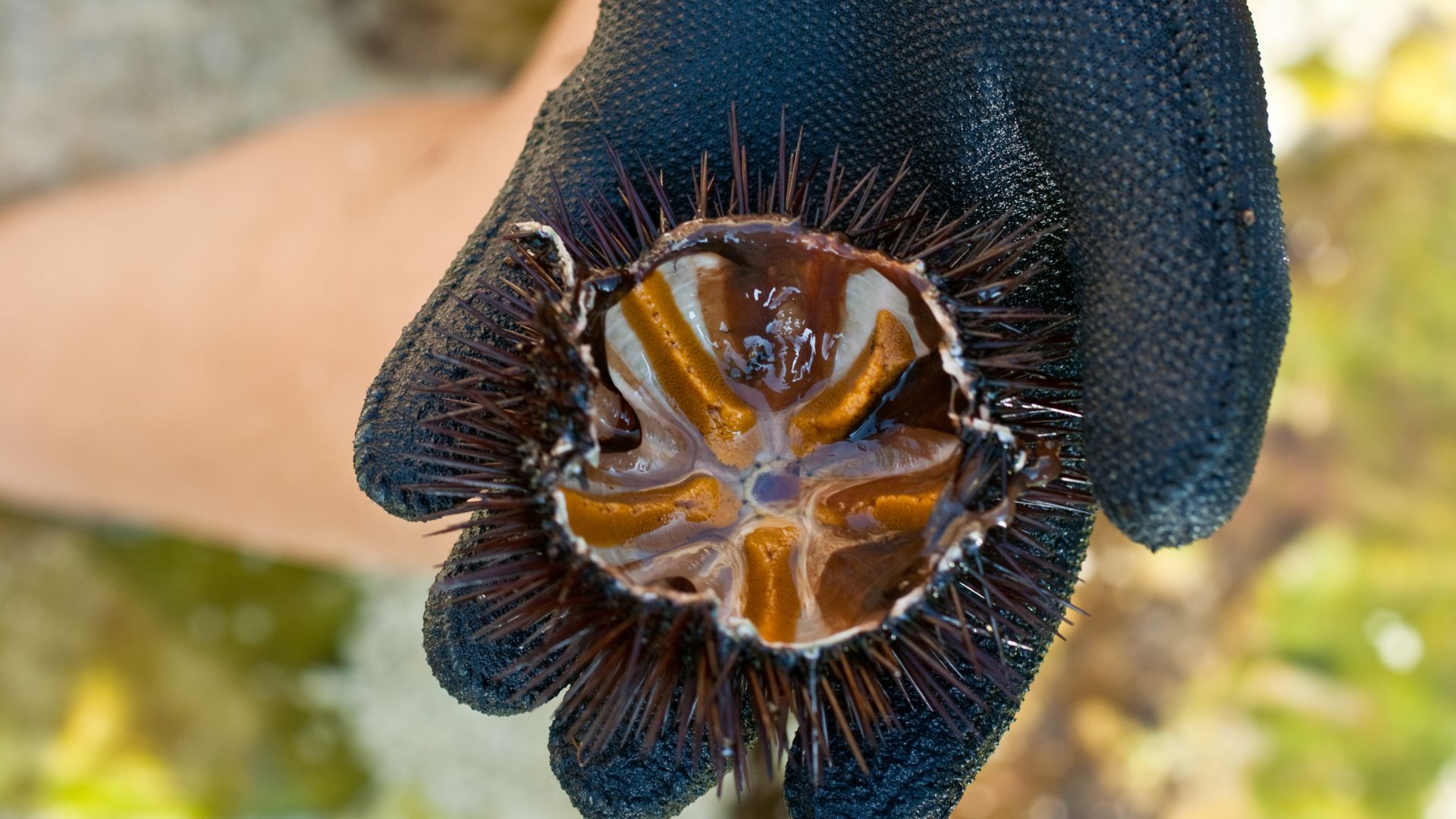
Sea urchins are fascinating creatures belonging to the Echinodermata and the class Echinoidea. They are found in oceans worldwide and are known for their round, spiny appearance.
Although they may look like simple creatures, sea urchins have many amazing facts that make them unique and interesting. In this article, we will explore 50 amazing facts about sea urchins, with explanations point-wise, and provide relevant citations and reference links.
1) Origin of Name
The name “urchin” comes from the old English word “urchin,” which means hedgehog. This is because their round, spiny appearance resembles that of a hedgehog.
2) Sea urchins Are Quiet Old Living Creatures
- Sea urchins have been around for over 400 million years, which means they have survived all five mass extinctions on Earth.
- Sea urchins are found in all ocean habitats, from the intertidal zone to depths of more than 16,000 feet.
- Sea urchin fossils have been found dating back to the Ordovician period, over 450 million years ago.
3) Sea Urchins Reproduce Uniquely
Some sea urchin species have a unique reproductive strategy where they produce both male and female gametes simultaneously, allowing them to fertilize their own eggs.
Sea urchins have a unique reproductive system in which the eggs and sperm are released into the water, and fertilization occurs externally.
4) Sea urchins have a Unique Way of Eating
Sea urchins use their tube feet to move, cling to surfaces, and capture food. They are also used for gas exchange and excretion.
Sea urchins have a unique feeding mechanism called Aristotle’s lantern, a complex set of teeth and muscles that allows them to scrape algae and other food from rocks and other surfaces.
Sea urchins have no eyes, ears, or brain. Instead, they have a simple nervous system that allows them to sense their environment and respond to stimuli.
Sea urchins are able to tolerate a wide range of temperatures, salinity levels, and water pressures. This allows them to survive in many different ocean environments.
5) Sea urchins are omnivores:
Which means they eat both plants and animals. They mainly feed on algae, but also eat small animals such as plankton and mollusks.
Sea urchins are important feeders in marine ecosystems because they help control the growth of algae, which can become overgrown and suffocate other organisms.
6) Sea urchins have fivefold symmetry:
Sea urchins have a radial symmetry, which means that their bodies are arranged in a fivefold symmetry.
They belong to the phylum Echinodermata, which includes other radially symmetrical marine animals like starfish and sea cucumbers.
7) Sea urchins have tube feet:
Sea urchins have hundreds of tube feet that they use for locomotion, feeding, and respiration. These tube feet are also used to attach themselves to rocks and other substrates.
8) Sea urchins have Spines
Sea urchins are covered in sharp spines that protect them from predators. These spines are made of calcium carbonate and can vary in size and shape depending on the species.
9) Sea urchins have a water vascular system:
Sea urchins have a unique water vascular system that helps them to move and feed.
This system is made up of a network of water-filled canals and tube feet.
10) Sea urchins can regenerate Limbs:
Sea urchins have the ability to regenerate their spines, tube feet, and even their entire body in some cases. This is because they have a high capacity for cell division and tissue regeneration.
11) Sea urchins can live for a long time:
According to NCBI; Some sea urchin species can live for up to 200+ years, making them one of the longest-lived marine creatures.
12) Sea urchins come in many colors:
Sea urchins can be found in a variety of colors, including red, purple, green, and black. Some species also have patterns or markings on their spines.
13) Sea urchins are important for marine ecosystems:
Sea urchins play an important role in marine ecosystems as they help to control the growth of algae and other plant matter. This helps to maintain a healthy balance in the ecosystem.
Sea urchins are important indicators of ocean health, as they are sensitive to changes in water temperature, pollution, and other environmental factors.
14) Sea urchins can be found in all oceans:
Sea urchins are found in all oceans, from the tropics to the polar regions. They can also be found in a variety of habitats, including rocky reefs, sandy bottoms, and seagrass beds.
15) Sea urchins have a complex nervous system:
Sea urchins have a complex nervous system that allows them to respond to their environment and interact with other sea urchins.
16) Sea urchins have a unique defense mechanism:
When threatened, sea urchins can release their spines or even detach their arms to escape from predators.
17) Sea urchins have been used in traditional medicine:
Some cultures have used sea urchins in traditional medicine to treat a variety of ailments, including joint pain and skin conditions.
18) Sea urchins have been used for scientific research:
Sea urchins have been used extensively in scientific research due to their unique biological features, such as their regenerative capacity and simple nervous system.
19) Sea urchins have a symbiotic relationship with algae:
Some sea urchin species have a symbiotic relationship with algae, where the algae live on the spines or inside the sea urchin’s gut and provide them with nutrients.
20) Sea urchins can be used to study embryonic development:
Sea urchins are commonly used to study embryonic development because their embryos are transparent and develop rapidly.
21) Sea urchins have a hydraulic system for movement:
Sea urchins use their water vascular system to control the movement of their tube feet, allowing them to move and cling onto surfaces.
22) Sea urchins can be found at great depths:
Some sea urchin species can be found at great depths, up to 6,000 meters below the surface of the ocean.
23) Sea urchins have been used as a source of natural dye:
The purple pigment found in some sea urchin species has been used as a source of natural dye for textiles and other materials.
24) Sea urchins have a unique feeding behavior:
Some sea urchin species have a unique feeding behavior where they wrap their spines around their prey and use their tube feet to move the food towards their mouth.
25) Sea urchins have a complex immune system:
Sea urchins have a complex immune system that allows them to defend against pathogens and foreign substances.
26) Sea urchins can live in both warm and cold water:
Sea urchin species can be found in both warm tropical waters and cold polar regions.
27) Sea urchins have been used as a source of bioactive compounds:
Scientists have discovered that sea urchins contain bioactive compounds that have potential applications in medicine and other industries.
28) Sea urchin embryos have been used to study gene expression:
Sea urchin embryos have been used as a model organism to study gene expression and other molecular processes.
29) Sea urchin populations can fluctuate drastically:
Sea urchin populations can fluctuate drastically due to environmental factors, such as temperature and nutrient availability.
30) Sea urchins have been used to study ocean acidification:
Sea urchins have been used to study the effects of ocean acidification on marine ecosystems, as they are sensitive to changes in pH.
31) Sea urchins have a complex social behavior:
Some sea urchin species have a complex social behavior, where they communicate with each other through chemical signals and respond to changes in their environment.
32) Sea urchins can be used to study ecological interactions:
Sea urchins have been used to study ecological interactions between species, such as predator-prey relationships and competition for resources.
33) Sea urchins have a high economic value:
Sea urchins are considered a delicacy in some cultures and are also used in the production of cosmetics and other products.
34) Sea urchins have a high tolerance for environmental stress:
Sea urchins have a high tolerance for environmental stress, such as changes in temperature and salinity, which makes them an important indicator species for environmental monitoring.
35) Worldwide Cuisine
There are over 900 species of sea urchins, ranging in size from less than an inch to more than a foot in diameter.
Sea urchins are considered a delicacy in many parts of the world, especially in Japan and other Asian countries. The roe is often used in sushi and other dishes.

